Stepbystep Guide To Deploying A Sase Solution
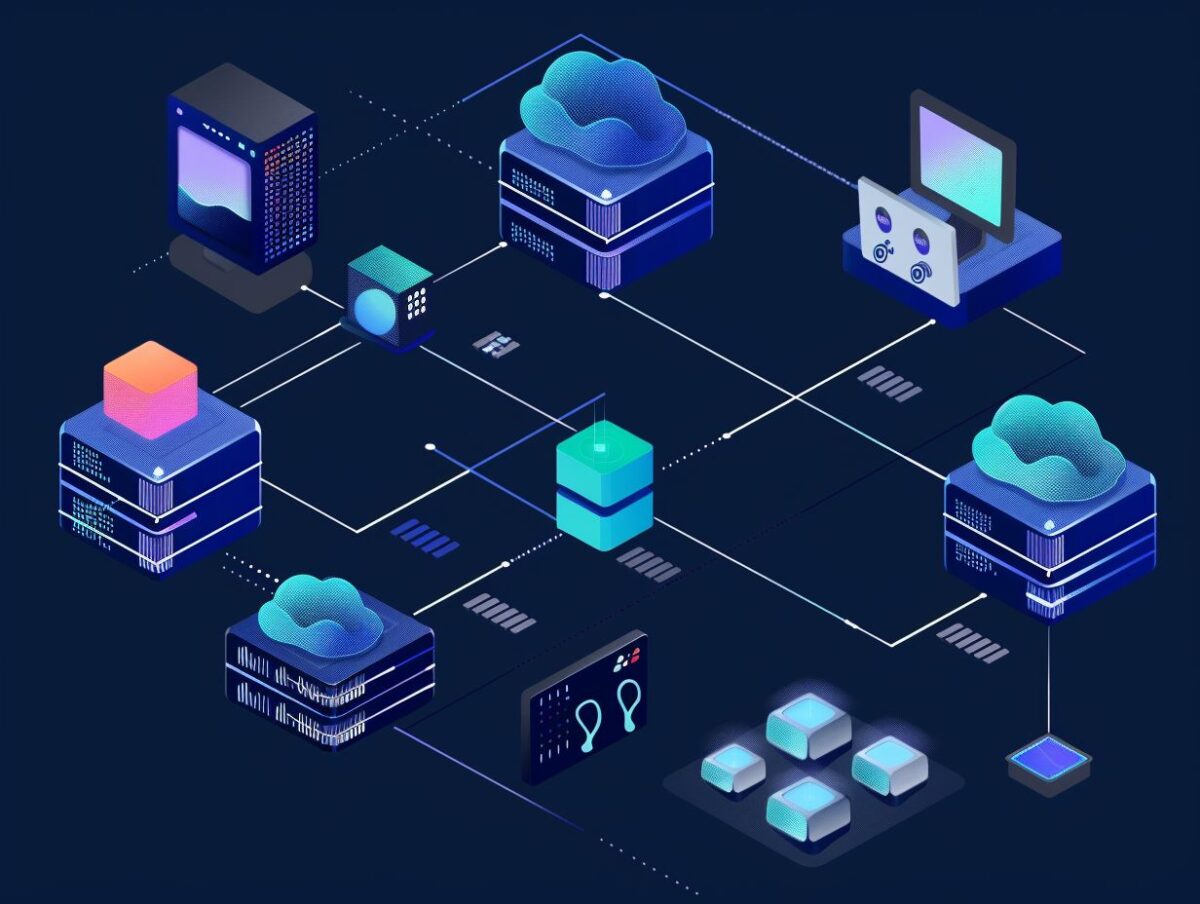
If you are seeking to improve the security and efficiency of your network, the concept of SASE – Secure Access Service Edge, may be of interest to you. This article will explore the fundamentals of SASE, the advantages of implementing a SASE solution, evaluating your network for SASE readiness, choosing an appropriate SASE solution, implementing it effectively, and maintaining seamless integration and ongoing support. Join us as we delve into the realm of SASE!
Key Takeaways:
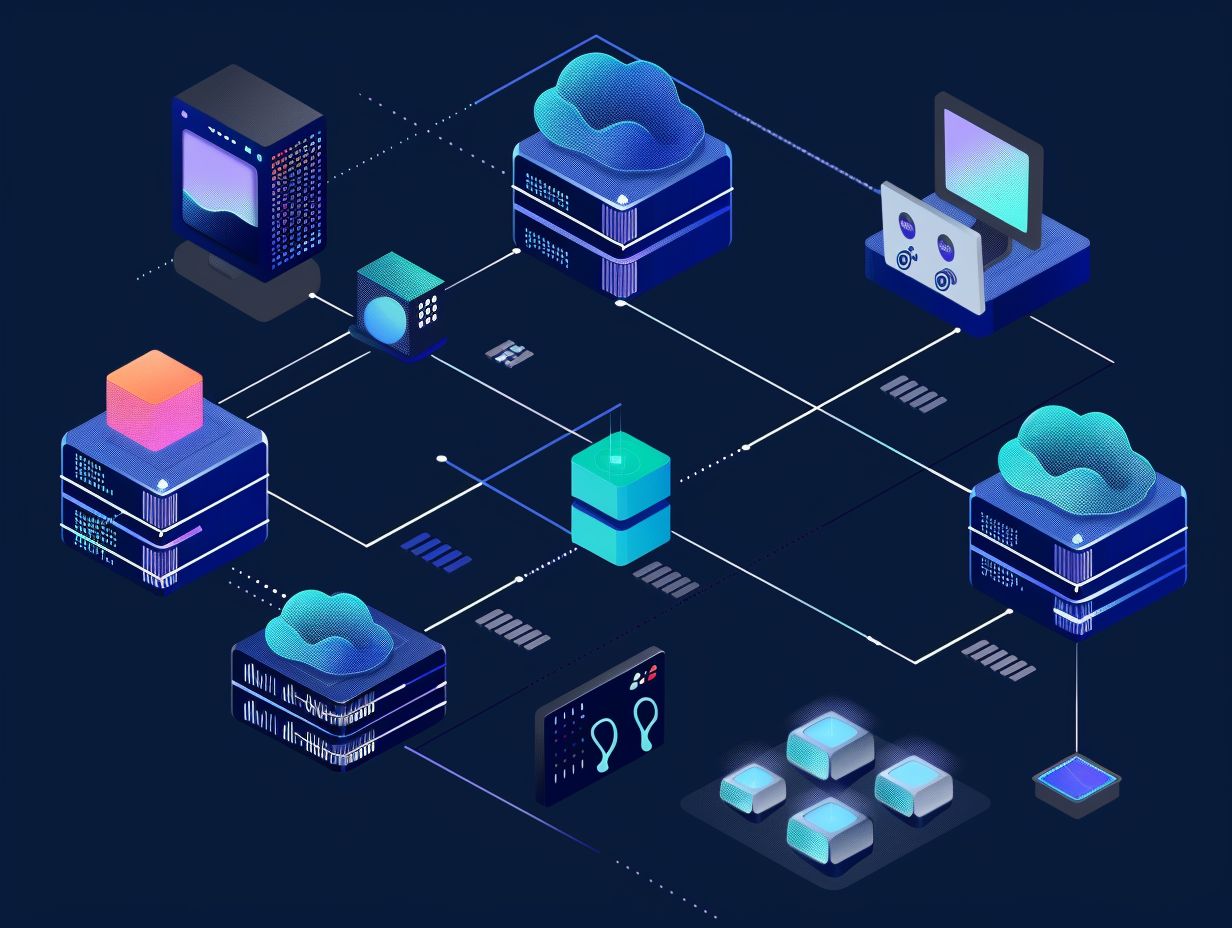
Understanding SASE
Understanding Secure Access Service Edge (SASE) is crucial for organizations like yours seeking to enhance their network security architecture with a modern, cloud-based solution that integrates edge services.
When deploying SASE, your organization aims to achieve a comprehensive approach to corporate network security by merging network security functions with wide area networking capabilities. By incorporating cloud-based edge services, your organization can establish a more agile and scalable network infrastructure, enabling users to securely access applications and data from any location.
One of the primary advantages of SASE is its capacity to streamline security management throughout your organization, thereby reducing complexity and operational overhead. The seamless integration of SASE with internet access ensures that all traffic is protected, regardless of the user’s location or device being used.
What is SASE?
SASE, which stands for Secure Access Service Edge, is a contemporary strategy for deploying network security that consolidates different technologies and capabilities.
SASE integrates networking and security functions into a unified cloud-based service, enabling organizations to securely connect users to applications regardless of their location. This method simplifies network administration by providing integrated management of security policies throughout all network edges. By embracing SASE, organizations can minimize the technical challenges linked to the conventional fragmented security stack, thereby streamlining operations and improving the overall security stance.
Benefits of Deploying a SASE Solution
The advantages of deploying a Secure Access Service Edge (SASE) solution extend beyond just improved security; they also encompass scalability and a multitude of benefits for organizations.
When integrating a SASE solution, remote business users can experience enhanced connectivity and superior performance, regardless of their physical location. This not only enhances productivity but also contributes to the overall satisfaction and efficiency of the workforce. The organizational advantages of SASE, such as simplified network management and decreased operational expenses, lead to a more efficient IT environment that benefits the organization as a whole. With essential elements like Zero Trust security and direct-to-cloud connectivity, business users can seamlessly access resources and applications, fostering a more dynamic and agile work environment.
Increased Security and Efficiency
By implementing a SASE solution, your organization can realize heightened security and efficiency throughout its network, effectively tackling obstacles and bolstering monitoring capabilities.
This comprehensive approach optimizes the administration of network security by integrating key functions like secure web gateways, firewall as a service, and zero-trust access. Through the consolidation of these services, SASE allows organizations to streamline their infrastructure and mitigate the risks posed by disjointed security solutions.
Moreover, integrating Check Point Harmony into the SASE framework enhances the organization’s capacity to deliver thorough protection and advanced threat intelligence, establishing a secure and meticulously monitored WAN environment.
Assessing Your Network for SASE Readiness
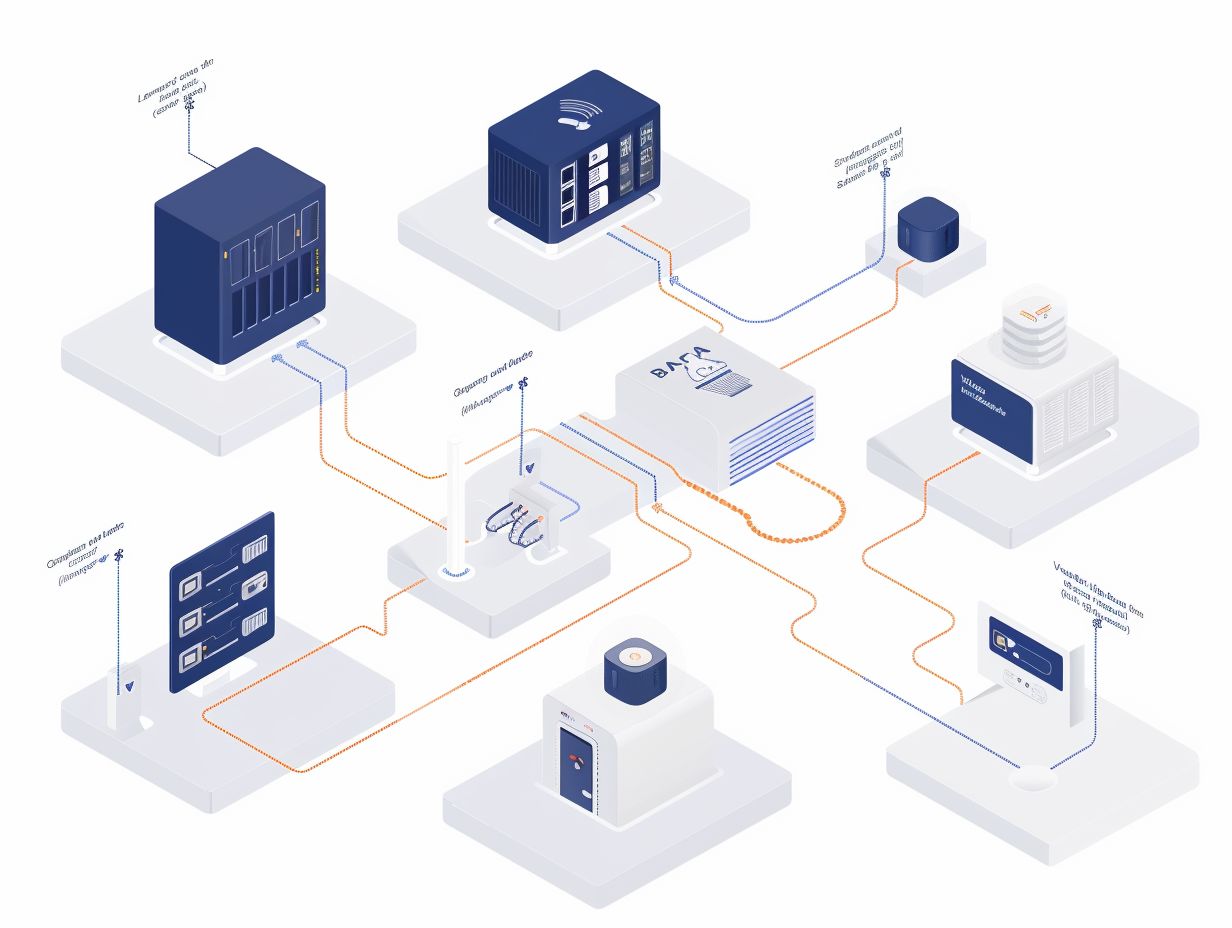
Before deploying a SASE solution, you need to assess your network for SASE readiness, taking into account factors such as edge services, infrastructure, and technical debt.
One important step in determining your network’s readiness for SASE implementation involves evaluating the efficiency and scalability of your current SD-WAN infrastructure. Given that SASE combines various security and networking functions, such as those provided by Prisma Access, seamless connectivity and strong performance are essential prerequisites.
It is crucial to address any accrued technical debt within your network architecture to ensure a smooth transition to the SASE model, minimizing potential bottlenecks or vulnerabilities that could impede its effectiveness.
Key Considerations and Requirements
When assessing your network’s readiness for SASE, you should focus on key considerations and requirements that align with the specifics of SASE deployment and the changes it brings to your existing infrastructure.
These critical factors should include evaluating your WAN architecture to ensure it can effectively handle the increased traffic loads and diverse application types that are typical of SASE solutions. It is essential to implement Zero Trust Network Access (ZTNA) principles to secure connections in a perimeterless environment.
Organizations should prioritize user authentication, identity verification, and continuous monitoring to maintain robust security protocols. By incorporating these elements into your network strategy, you can prepare for a smooth transition to SASE, improving network agility and resilience.
Selecting the Right SASE Solution
Selecting the appropriate SASE solution is crucial for organizations, requiring a comparison of different providers to identify the most suitable choice.
When assessing SASE solutions, organizations can refer to industry reports such as Gartner’s Magic Quadrant to obtain insights into the leading players in the market. Gartner assesses providers based on their ability to execute and the completeness of their vision, providing valuable data to facilitate decision-making.
Considering features like Zero Trust Network Access (ZTNA) is essential. ZTNA enhances security by validating identities and ensuring strict enforcement of access controls. By evaluating how various providers integrate ZTNA into their solutions, organizations can make well-informed decisions that align with their security requirements.
Factors to Consider and Comparison of Top Providers
When you are choosing a SASE solution, factors such as SD-WAN integration and the capabilities offered by providers like Prisma Access should be carefully considered in the decision-making process.
Integration with SD-WAN is crucial for ensuring seamless network connectivity in distributed environments. Prisma Access is known for its robust FWaaS features, which offer advanced security measures to safeguard data.
It is important to take into account aspects such as DNS security and scalability when comparing SASE solutions. Prisma Access particularly excels in DNS security, guaranteeing reliable and secure domain name resolution.
In addition, evaluating factors like performance, ease of deployment, and the reputation of the provider are essential considerations to keep in mind when making this critical decision.
Deploying Your SASE Solution
When deploying a SASE solution, you need to follow a systematic approach that involves specific steps and integrated management practices to guarantee a successful implementation.
- After deciding to deploy a SASE solution, the next crucial step is to evaluate the network infrastructure and determine the appropriate cloud-based security services.
- It is essential to integrate entities like Cloud Access Security Broker (CASB) and Data Loss Prevention (DLP) tools during this phase.
- Subsequently, a detailed implementation plan should be developed, which includes configuration settings, security policies, and user access controls.
- Proper training for the IT team and end-users should also be provided to ensure a seamless transition and optimal utilization of the SASE solution.
Step-by-Step Guide to Implementation
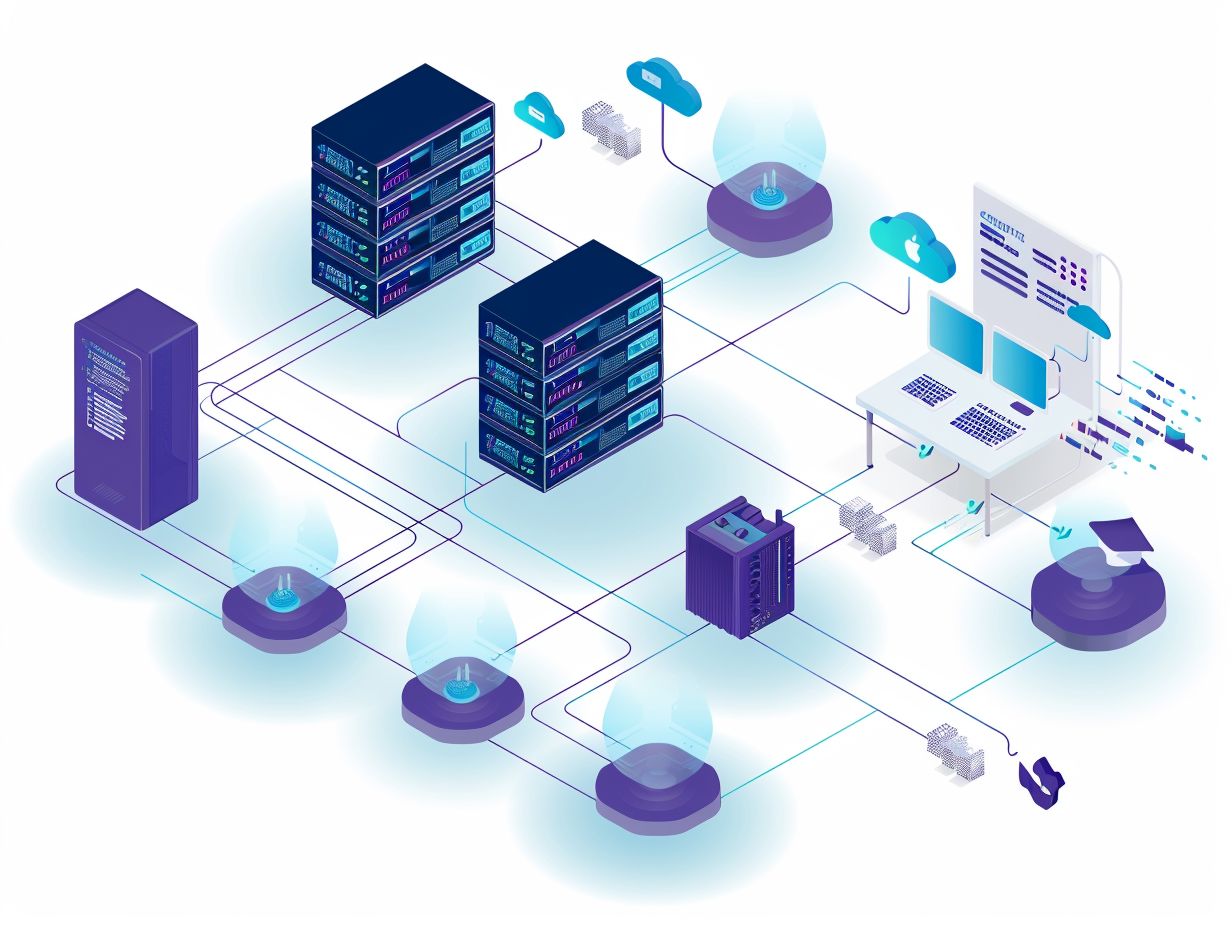
During the implementation of a SASE solution, adopting Network as a Service (NaaS) and Network Security as a Service (NSaaS) models can streamline your deployment process and enhance overall network security.
By utilizing NaaS, your organization can reduce technical debt by moving away from traditional on-premises hardware setups and transitioning to a more flexible and scalable cloud-based network infrastructure. This shift allows for better resource allocation and the ability to adapt to changing business needs more effectively.
NSaaS offers advanced security features such as DDoS protection, ensuring that your network is safeguarded against potential cyber threats and vulnerabilities. Implementing these models not only optimizes deployment efficiency but also strengthens the overall resilience of your network infrastructure.
Ensuring Smooth Integration and Ongoing Maintenance
For a smooth integration and sustained maintenance of a SASE solution, your organization should adhere to best practices and involve stakeholders throughout the process.
Stakeholder engagement is vital for the successful implementation of a SASE solution. Keeping stakeholders informed about the benefits and changes resulting from the integration is essential. Regular communication and updates will help secure their support and commitment, facilitating a seamless transition.
Continuous monitoring and maintenance are critical to ensure the optimization and efficient performance of the SASE solution. Leveraging content delivery networks (CDNs) and web application and API protection as a service (WAAPaaS) can enhance the security and performance of the solution. Furthermore, regular audits and updates are necessary to address any vulnerabilities or performance issues promptly.
Best Practices and Tips for Long-Term Success
Utilizing tools like Cortex Data Lake can greatly improve the long-term success of your SASE deployment by offering advanced functionalities for monitoring and threat detection.
By incorporating tools such as SWG and IPS/IDS into the SASE framework, you can further strengthen your network security stance. SWG (Secure Web Gateway) assists in filtering web traffic to block malicious content and enforce organizational policies, while IPS/IDS (Intrusion Prevention System/Intrusion Detection System) play a vital role in detecting and mitigating potential threats.
This multi-layered approach enhances visibility and control, enabling proactive responses to emerging security risks. It is crucial to consistently update and fine-tune these tools to stay proactive against evolving cyber threats and ensure the efficacy of your SASE solution.
Frequently Asked Questions
What does SASE stand for and why is it important?
SASE stands for Secure Access Service Edge and it is a network architecture that combines network security and wide area networking into a single cloud-based service. It is important because it simplifies network management and provides secure access for employees working remotely.
What are the key components of a SASE solution?
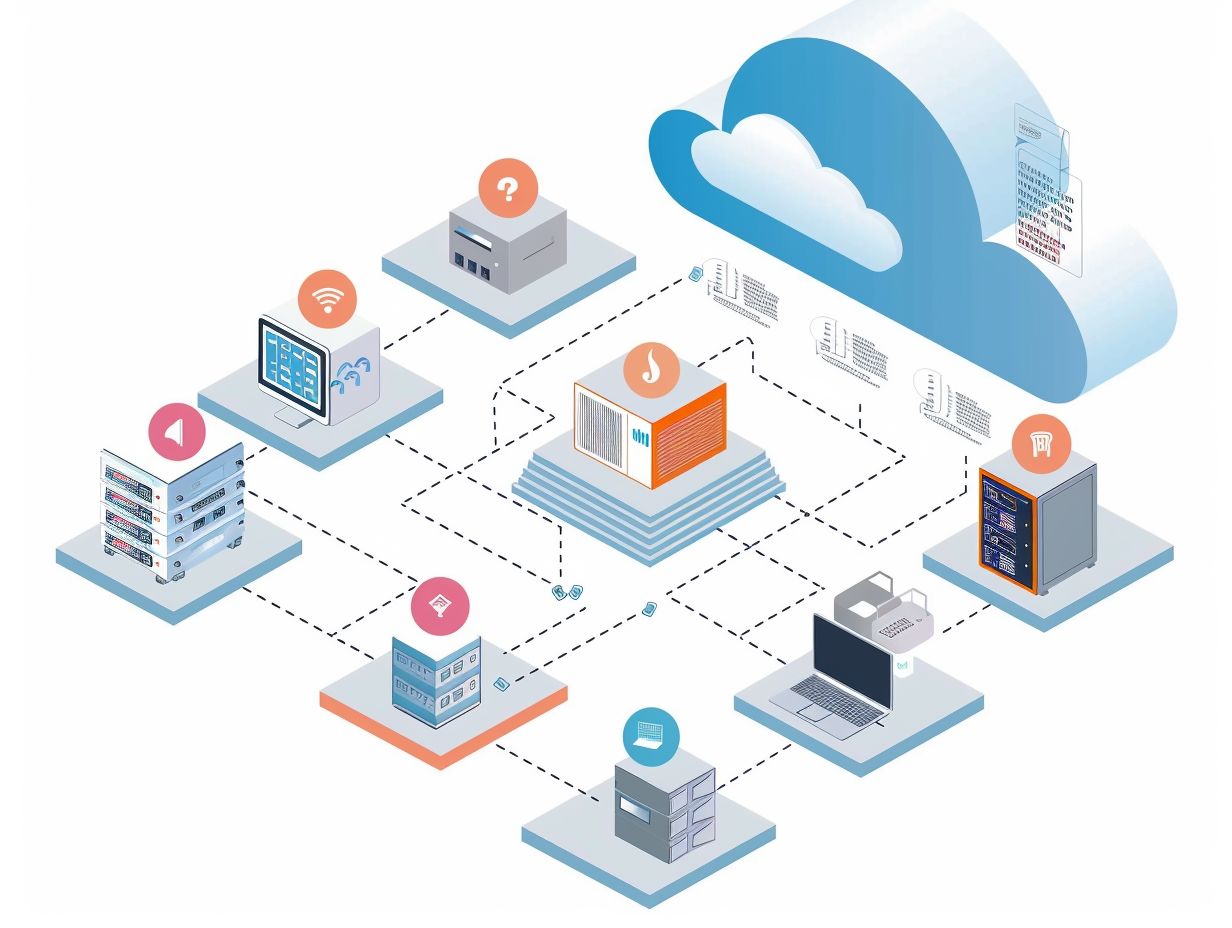
The key components of a SASE solution include software-defined wide area networking (SD-WAN), cloud-based network security, zero-trust network access, and secure web gateway. These components work together to provide a secure and efficient network infrastructure.
What are the benefits of deploying a SASE solution?
Deploying a SASE solution offers several benefits, including improved network security, reduced complexity and costs, increased scalability and flexibility, and better user experience for remote and mobile workers.
What are the steps involved in deploying a SASE solution?
The steps involved in deploying a SASE solution include assessing your current network infrastructure, identifying your security needs, selecting a SASE provider, planning and configuring the deployment, testing and optimizing the solution, and ongoing monitoring and maintenance.
How do you choose the right SASE provider for your organization?
When choosing a SASE provider, it is important to consider factors such as their security capabilities, network reach, scalability, and customer support. You should also evaluate their pricing models and compare them to your budget and requirements.
Can a SASE solution be customized to meet specific business needs?
Yes, a SASE solution can be customized to meet specific business needs. This can include adding additional security features, integrating with existing network infrastructure, and adjusting network policies based on business requirements. It is important to communicate your needs with your SASE provider to ensure a tailored solution.









